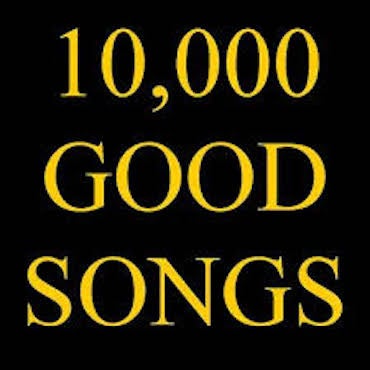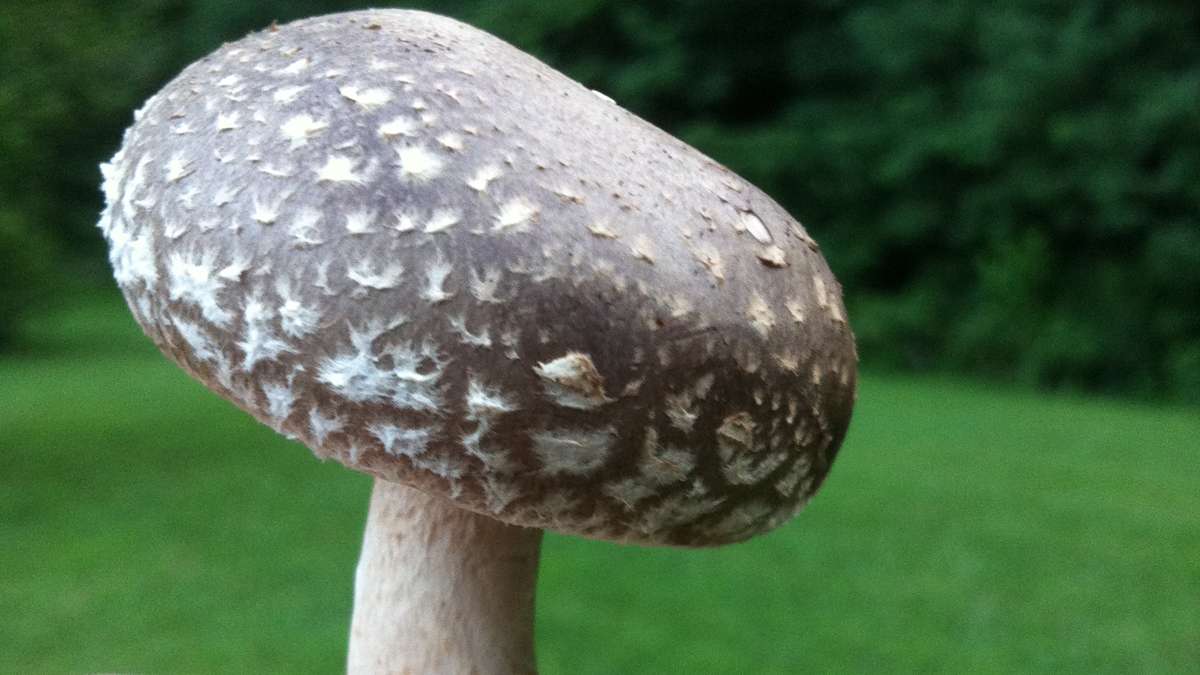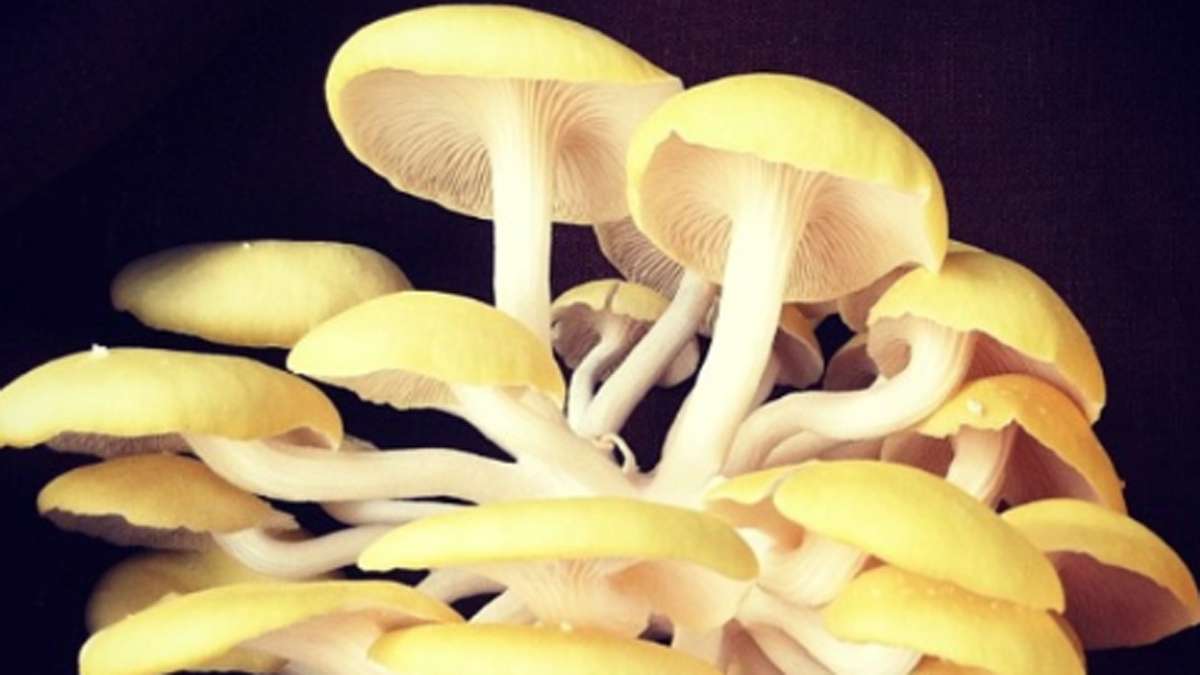Lettuce, the new secret weapon for making vaccines cheaper in the developing world?
ListenOne scientist’s quest to make vaccines and other medications more available in developing countries leads him to turn over an unlikely new leaf.
In a brightly lit lab in West Philadelphia, rows and rows of tiny lettuce plants are sprouting in clear containers, stretching their thin roots into a clear growing liquid.
Located within Penn’s School of Dentistry, the lab is run by Henry Daniell, a professor in the department of biochemistry and pathology, and director of translational research.
Daniell wears a colorful DNA helix tie. His lab seems abuzz with lights, ventilators, and his energy. He hopes lettuce can be a secret weapon in dramatically changing the production of vaccines and other drugs.
His passion for his research is inspired by his life experience. “I was born in India, and I have seen children die of cholera,” said Daniell.
Daniell is attempting to make vaccines and medications cheaper and more accessible for people in countries like his native India.
“Many of these treatments that are available here for decades, are not available to the people,” he said. “Globally, one third of the population earns two dollars a day.”
Daniell uses a gene gun to fire human genes into plant cells. The plant genome then captures the human gene, for example insulin. The lettuce leaves carrying the insulin will then be dried, and turned into capsules, so insulin could then be taken orally, rather than by injection.
So — what role does the lettuce play?
“If we take insulin directly orally, we have enzimes in the stomach which will degrade the protein,” explained Daniell. “Insulin is a hormone, which is a protein, and it will never reach the blood stream. Any plant cell has a cell wall that protects this protein from digestion, it will be safely taken to the gut, where it will be absorbed.”
Daniell’s lab also produces vaccines against infectious diseases, for example polio, tuberculosis, and malaria, and their production method is very different from what’s currently available.
“Take polio. There has been a polio outbreak in Southeast Asia. It has jumped to Africa. Unfortunately it was vaccine derived,” said Daniell. He added that the outbreak was blamed on vaccine storage, because correct refrigeration was not provided, and the virus in the vaccine mutated. “Having a whole virus or bacteria in the vaccine is not good. We don’t use a whole virus or bacteria,” he explained.
Daniell said that the vaccine-containing capsules won’t need refrigeration, which makes them much easier to use in countries where keeping drugs cold is a problem.
Once the lettuce plants grow and go to seed, the drug-or vaccine carrying lettuce could be regrown easily, explained Daniell — which he said would lower production costs
“The production capacity of this, for example our anthrax vaccine, one acre can produce 320 million doses of anthrax vaccine, so one greenhouse for a disease.” Daniell said he had just returned from a visit to a pharma company. “They showed me these huge columns that they use to purify proteins, they cost 10 million dollars, and can only be used once, their whole facility cost 900 million dollars. We need a greenhouse, and place to make capsules.”
Daniell likens this potential cost reduction to another field where prices have dropped dramatically — communication technology. “The very first phone call I made when I came here from India, it was $70,” he recalled. “Now I make them free by Skype. So that’s a technological revolution, and medicine needs that.”
Jessica Krocker contributed to this report.
WHYY is your source for fact-based, in-depth journalism and information. As a nonprofit organization, we rely on financial support from readers like you. Please give today.















